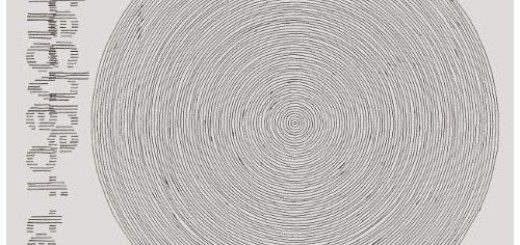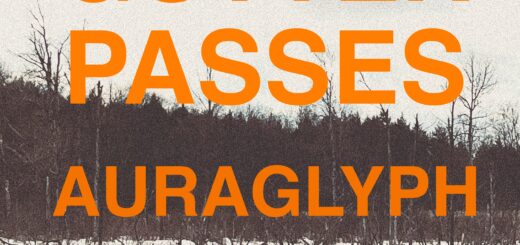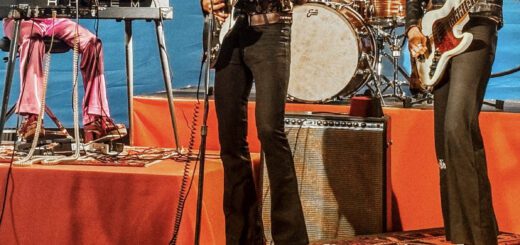Moholy-Nagy: Like Mirage Review
It is fairly difficult to find much information out there on Berlin/San Francisco trio Moholy-Nagy, due mostly to the fact that the band named themselves after a famous person (Hungarian artist László Moholy-Nagy) who has plenty about him on the internet already. Perhaps, however, this was done purposely, to de-emphasize the band itself (which happens to be made up of former members of Tarentel, The Alps, The Drift and Lazarus) and focus on their work. So while it’s tempting to pontificate on the band and their name’s esoteric meaning, for the time being it seems wisest to start with the music.
Moholy-Nagy’s debut record is called Like Mirage. It’s a collection of ten instrumental tracks that each takes a uniquely eclectic approach to experimental music. The sound ranges from the drowsy Atmospheres and Soundtracks vibe of “Seagulls” to the warped synth and electric guitar buzz of kraut jam “Brute Neighbor.” In between you can find sojourns into repetitive psychedelic guitar picking (“Sunday Brunch”) droning white noise and field recordings (“Homeless Comet,”) as well as a wealth of other sonic abstractions. The thread that weaves all the strands together is a mindset that starts with repetitive rhythms and (much like Krautrock legends Can) blends them into complex arrangements of patterns within patterns.
Much like their namesake (whose art often focused on the movement of light) Moholy-Nagy create kinetic music that always appears to be moving. Rather than employing traditional song structures the music of Like Mirage is constantly moving forward, much like it was created in an atmosphere of free-flow, improvisational sessions. And if that is indeed the case then the solid, minimalistic clarity of the record is evidence that the three members of the band are musically talented enough to craft songs such as these without making a mess. Like Mirage is a highly pleasurable listen, and contains several layers that seem to peel different ways with each repeat listen. The band may be a mystery, but for now at least, the music is eminently accessible.
— Jon Behm
Moholy-Nagy: Site
.









